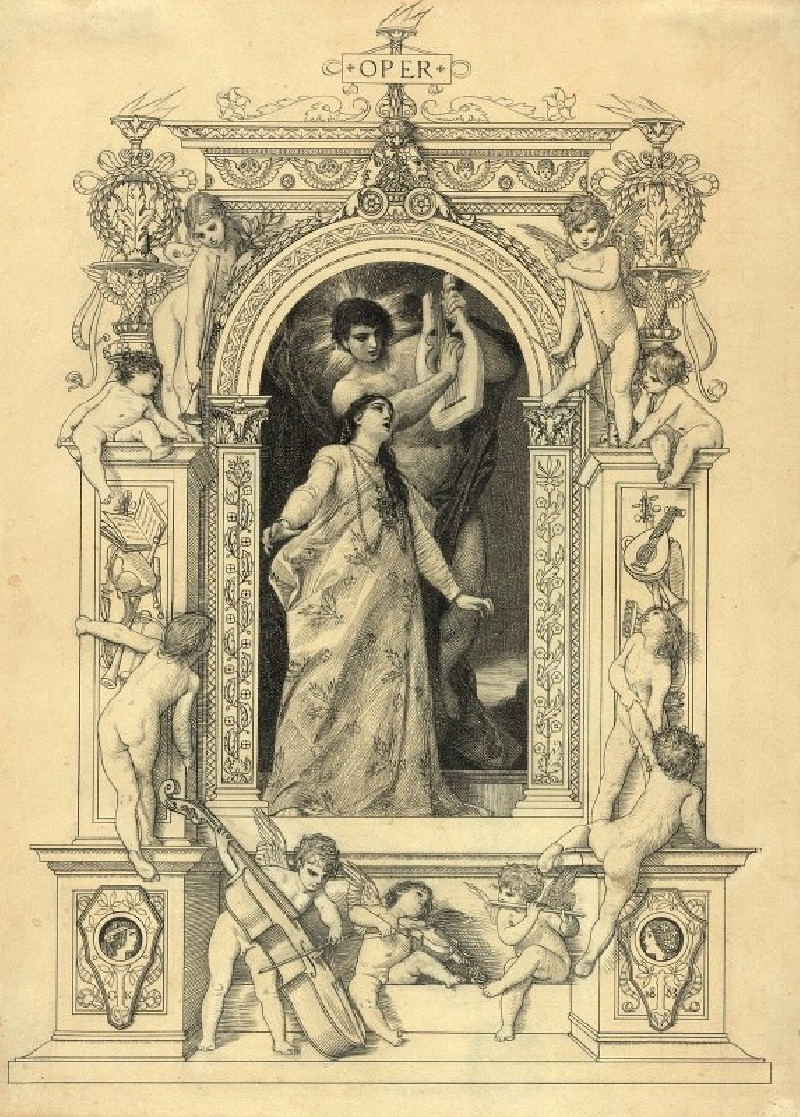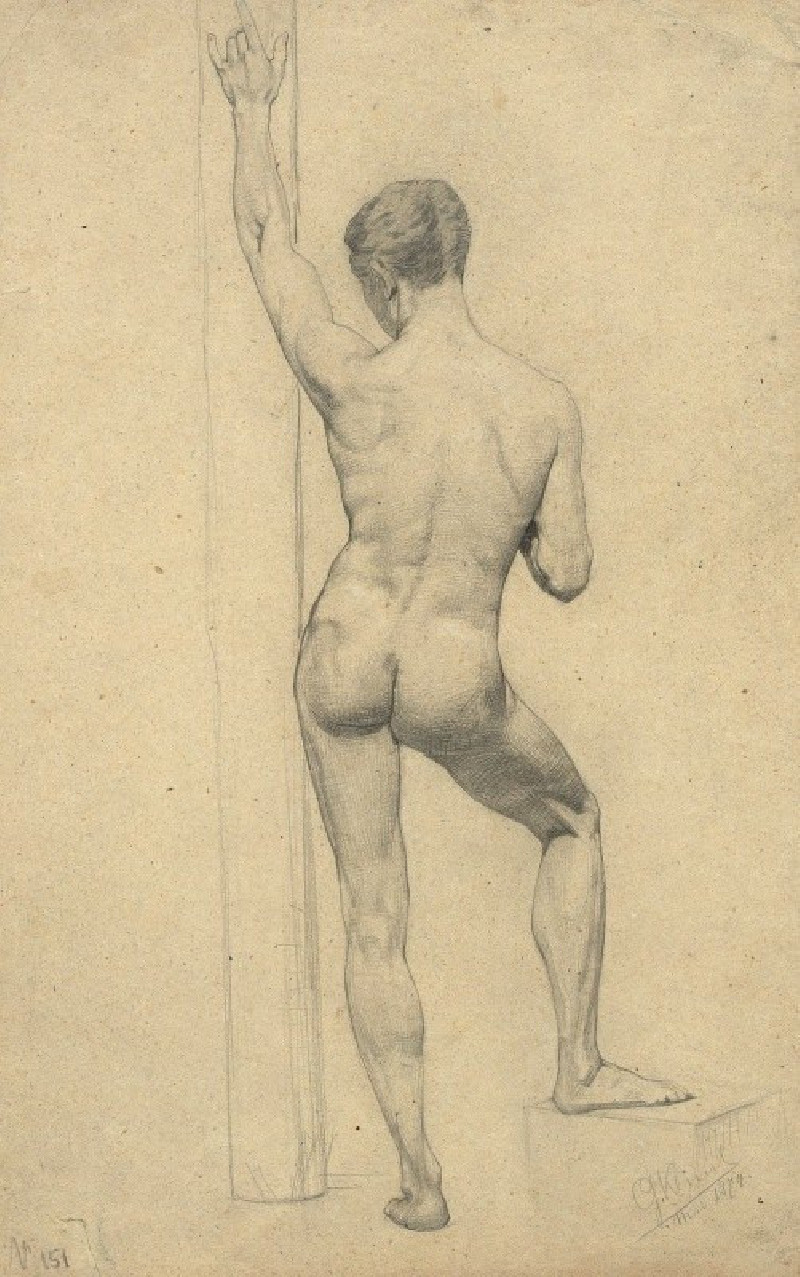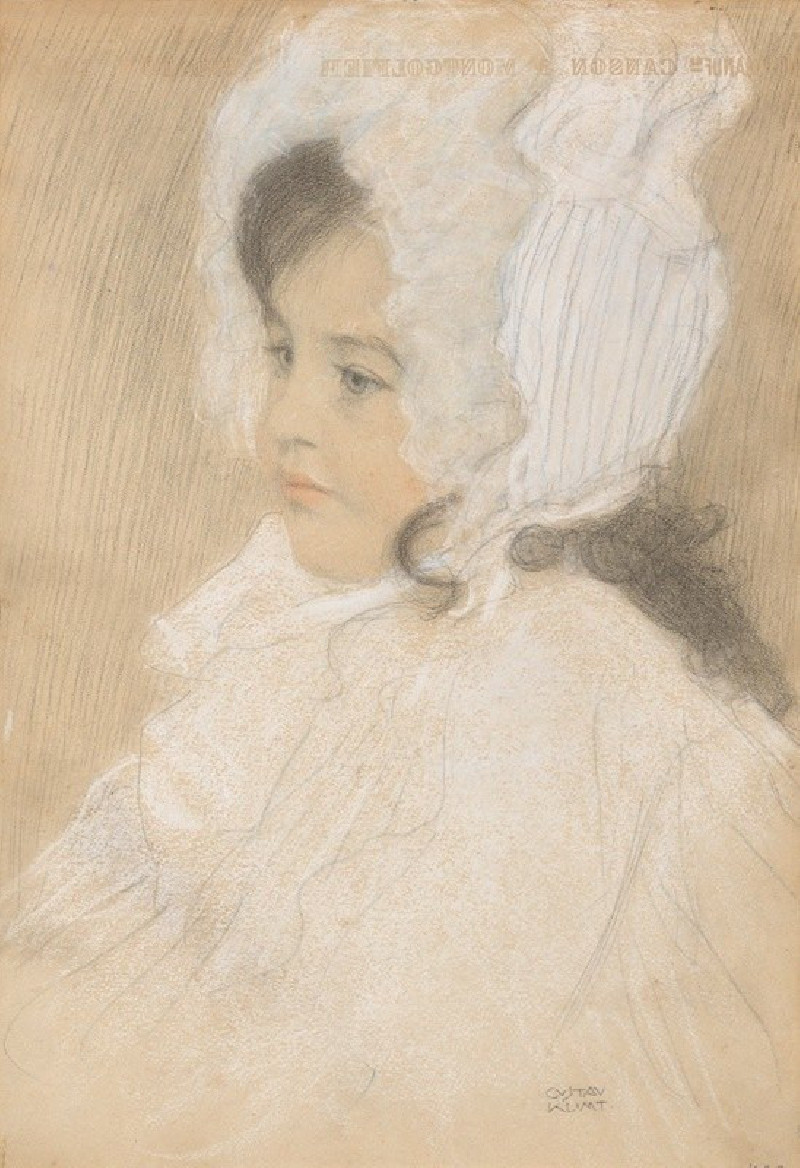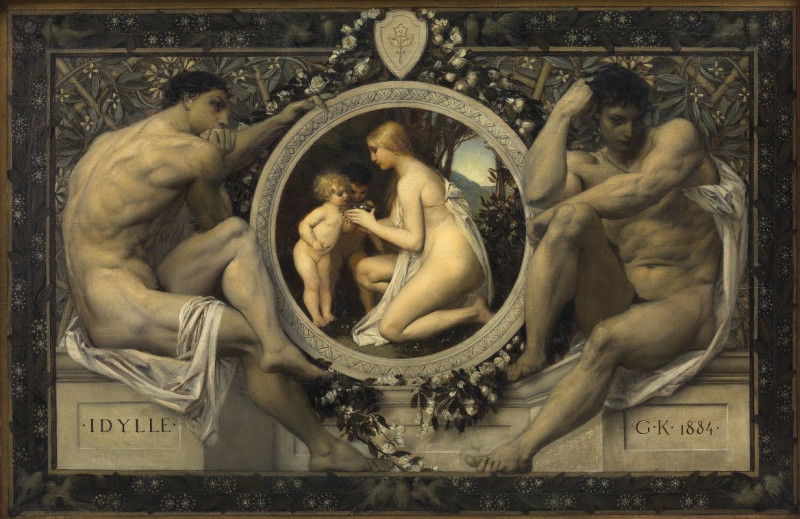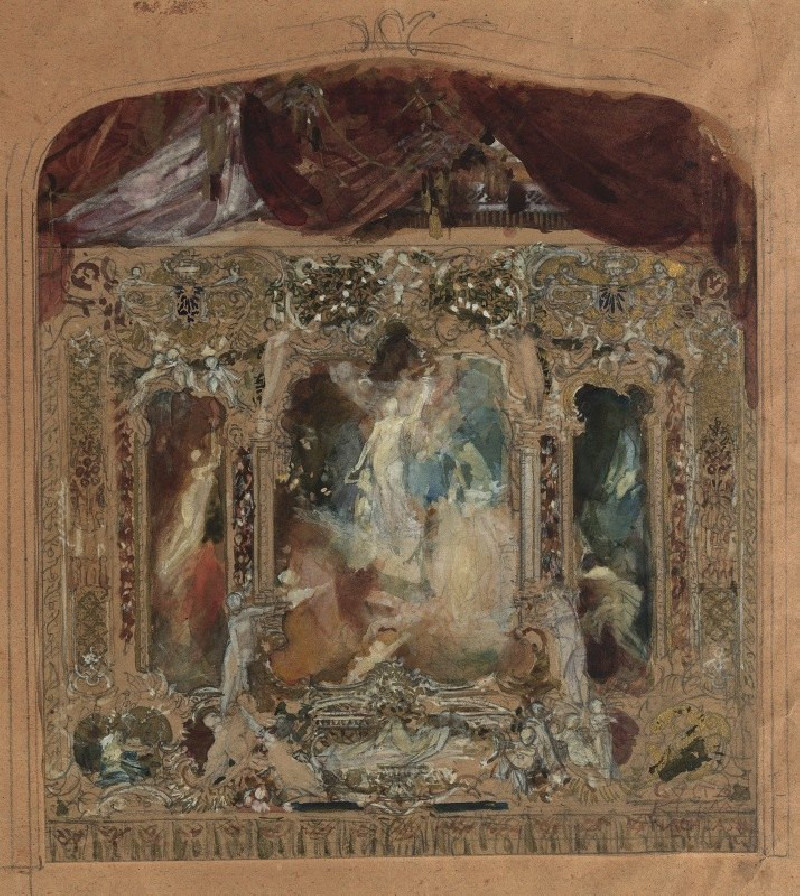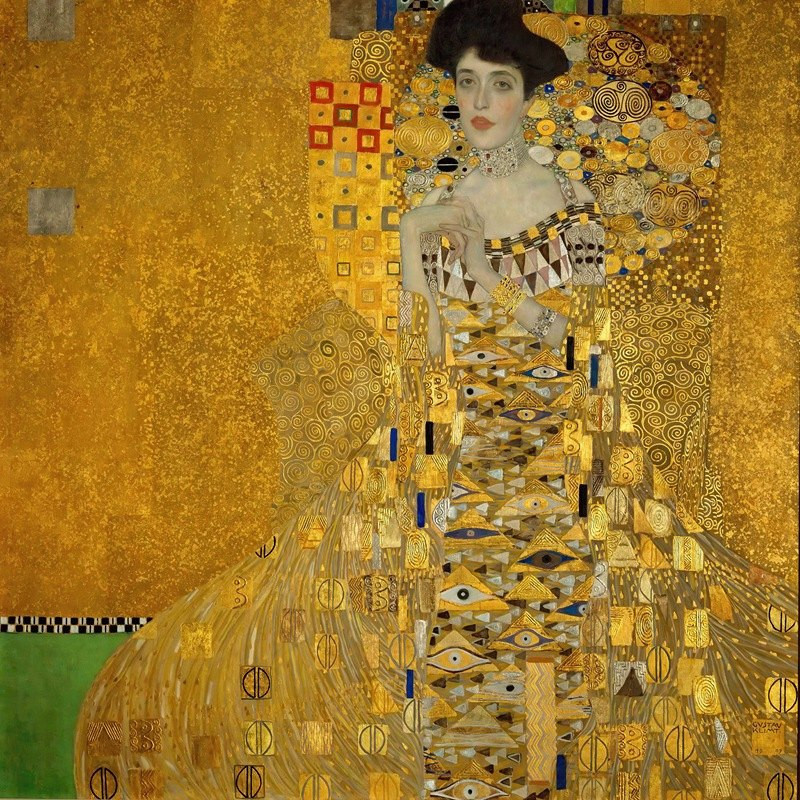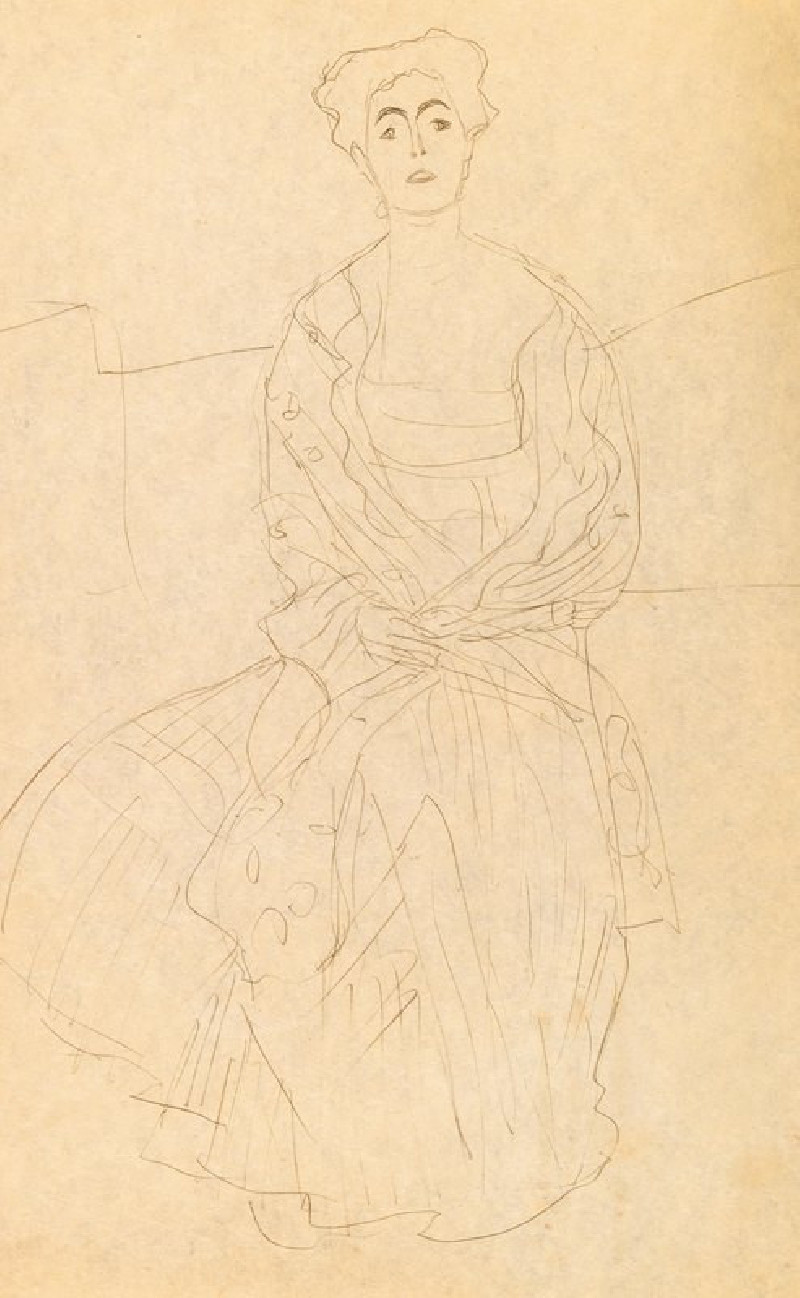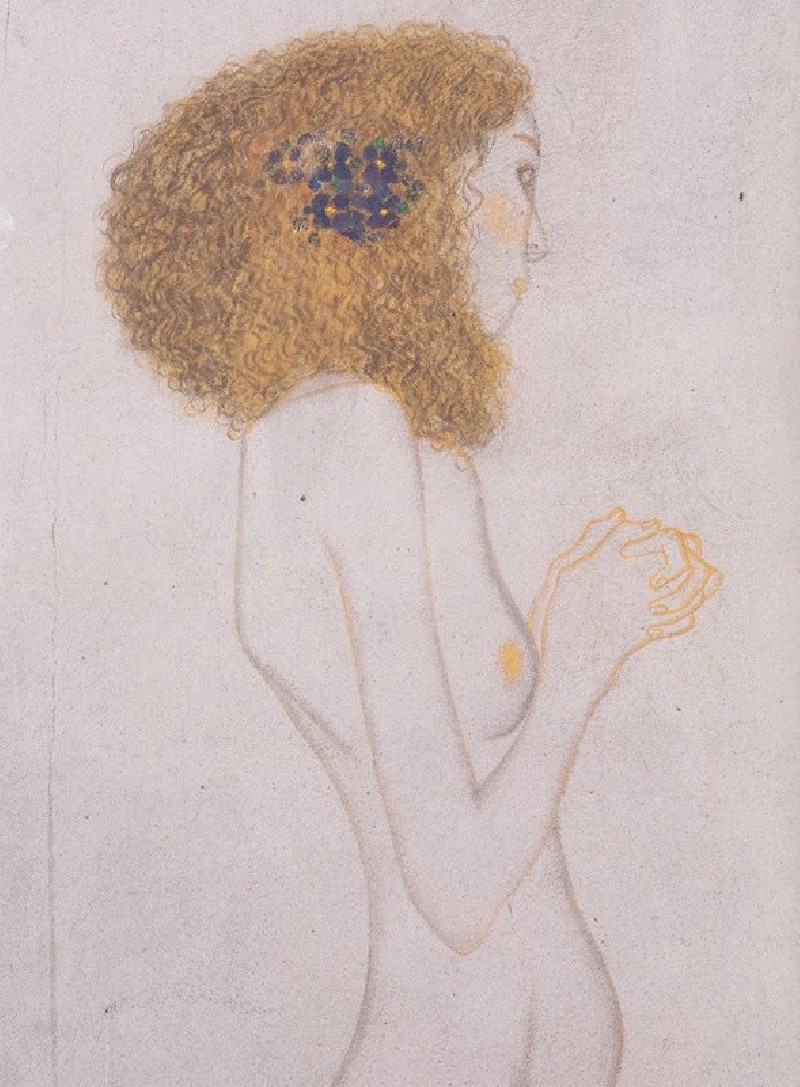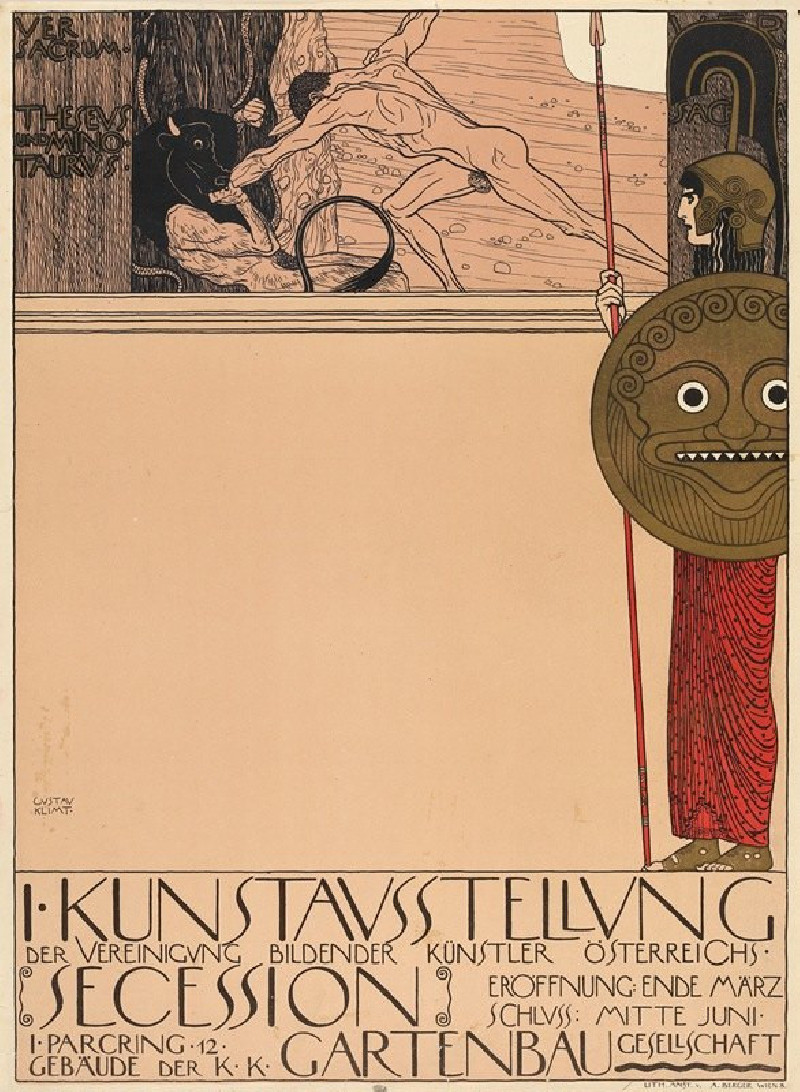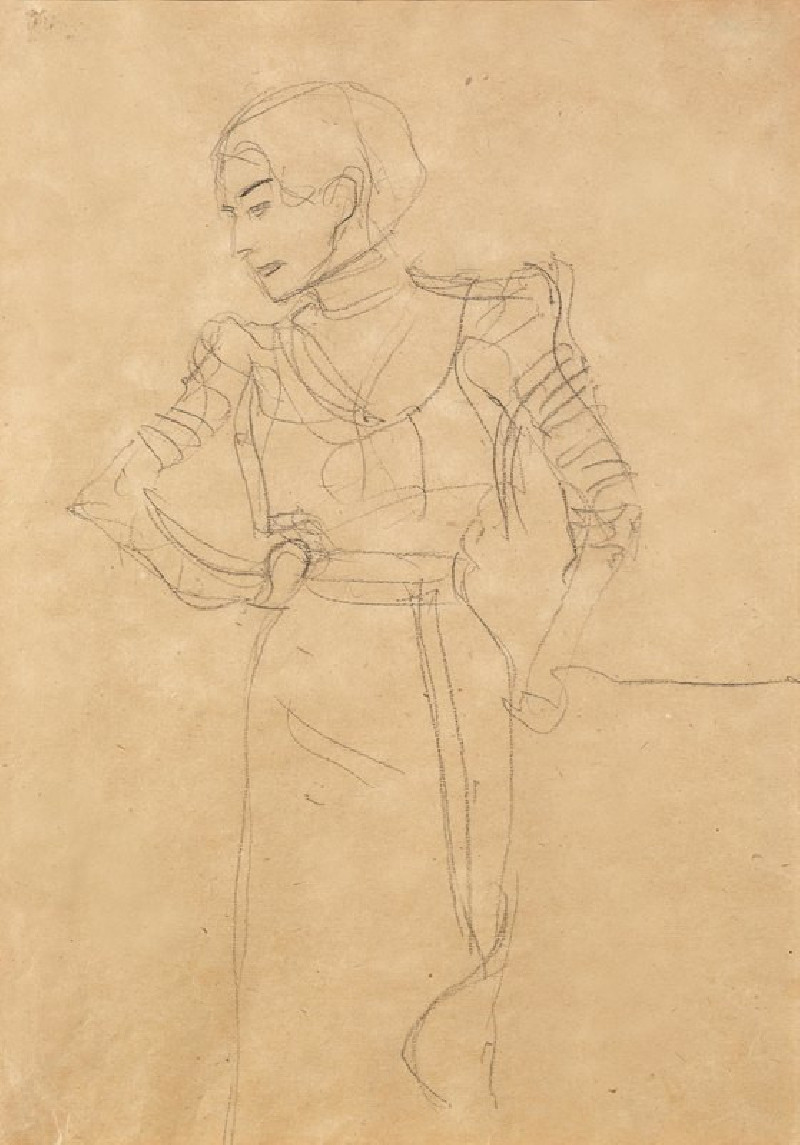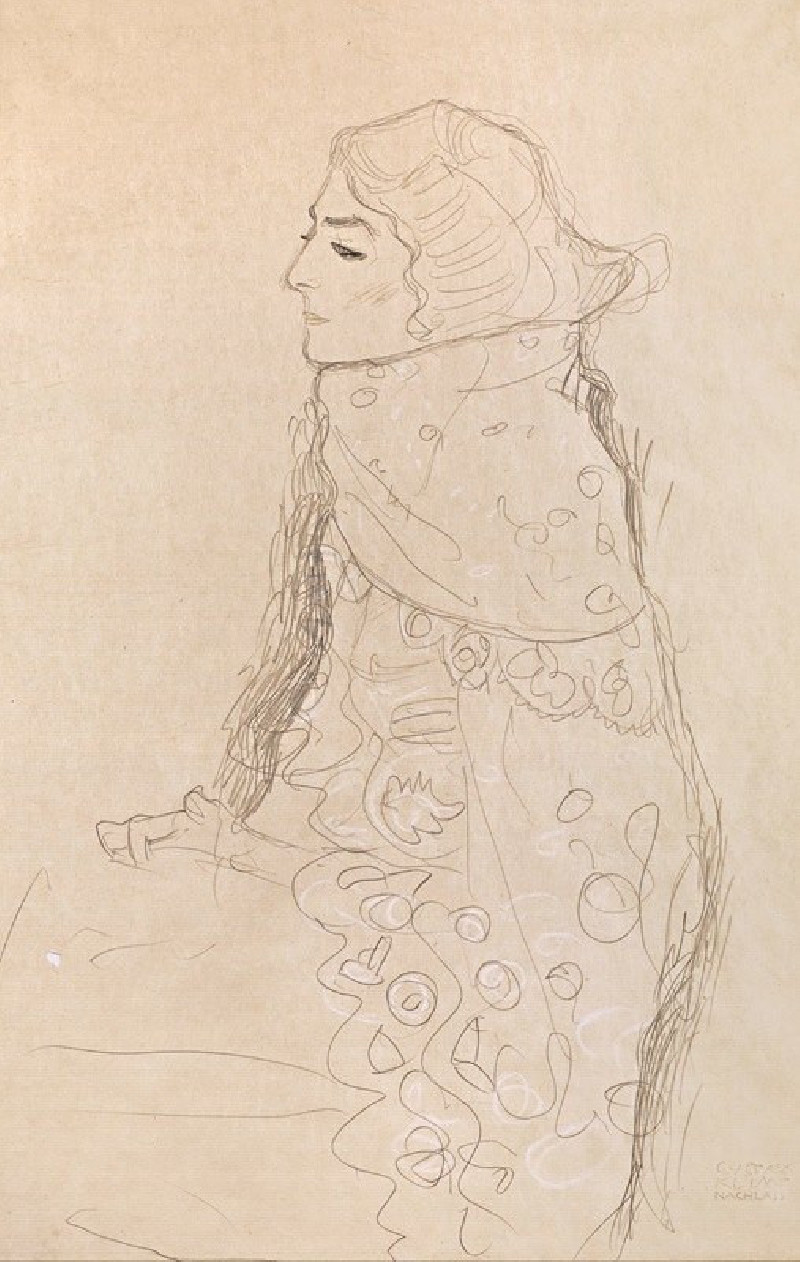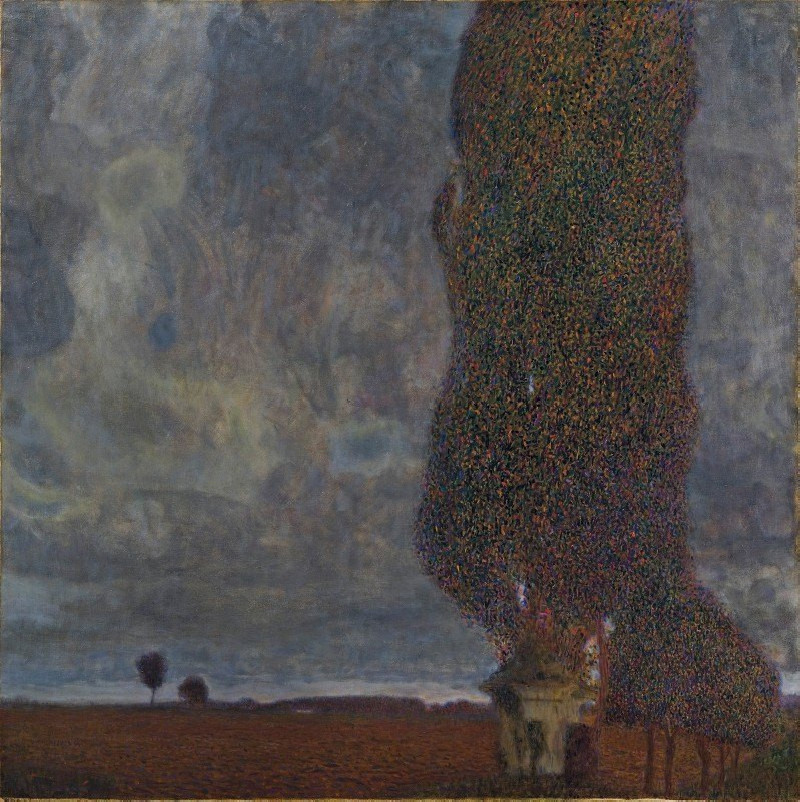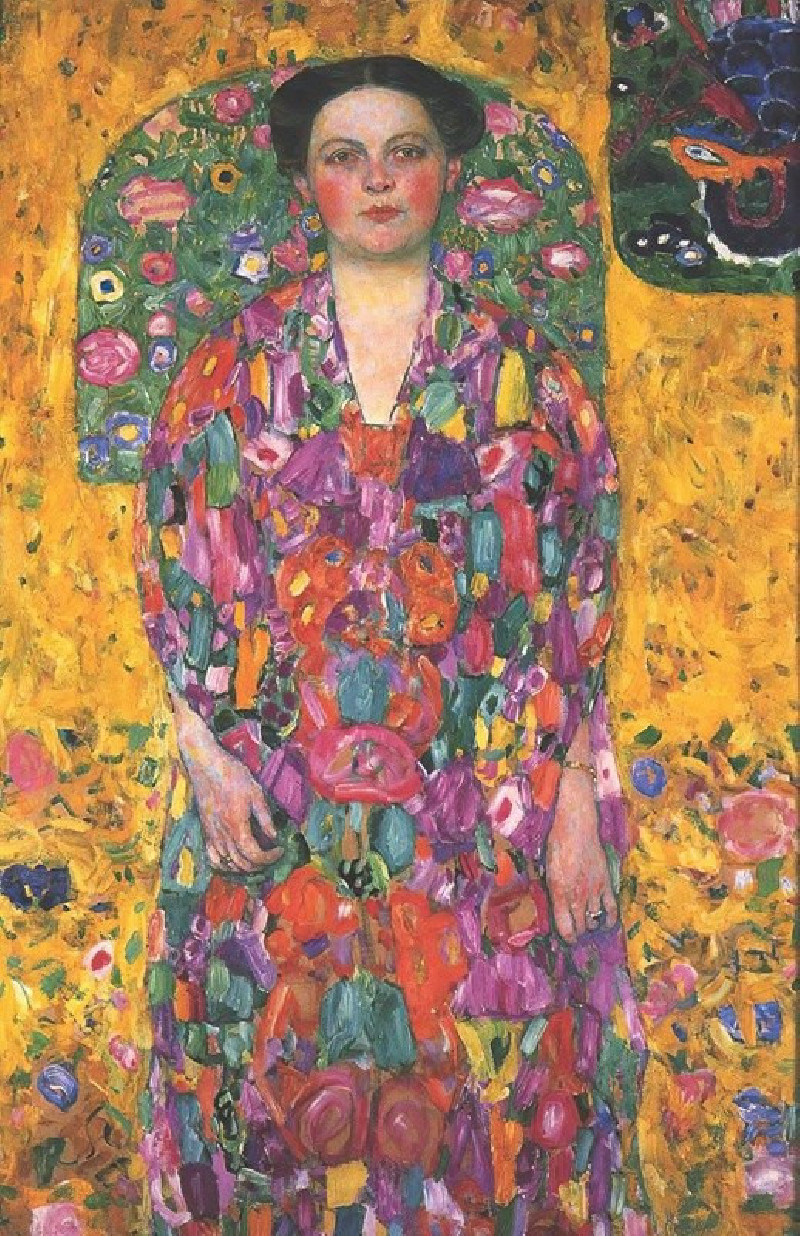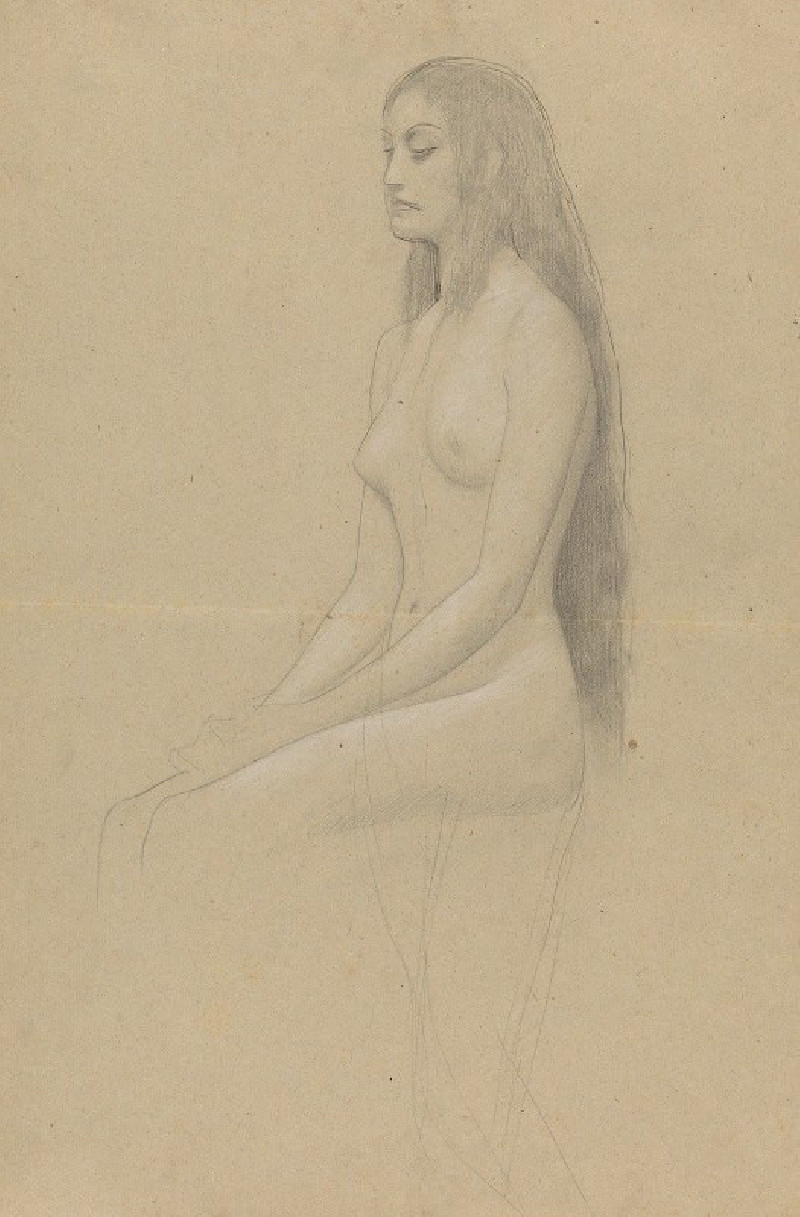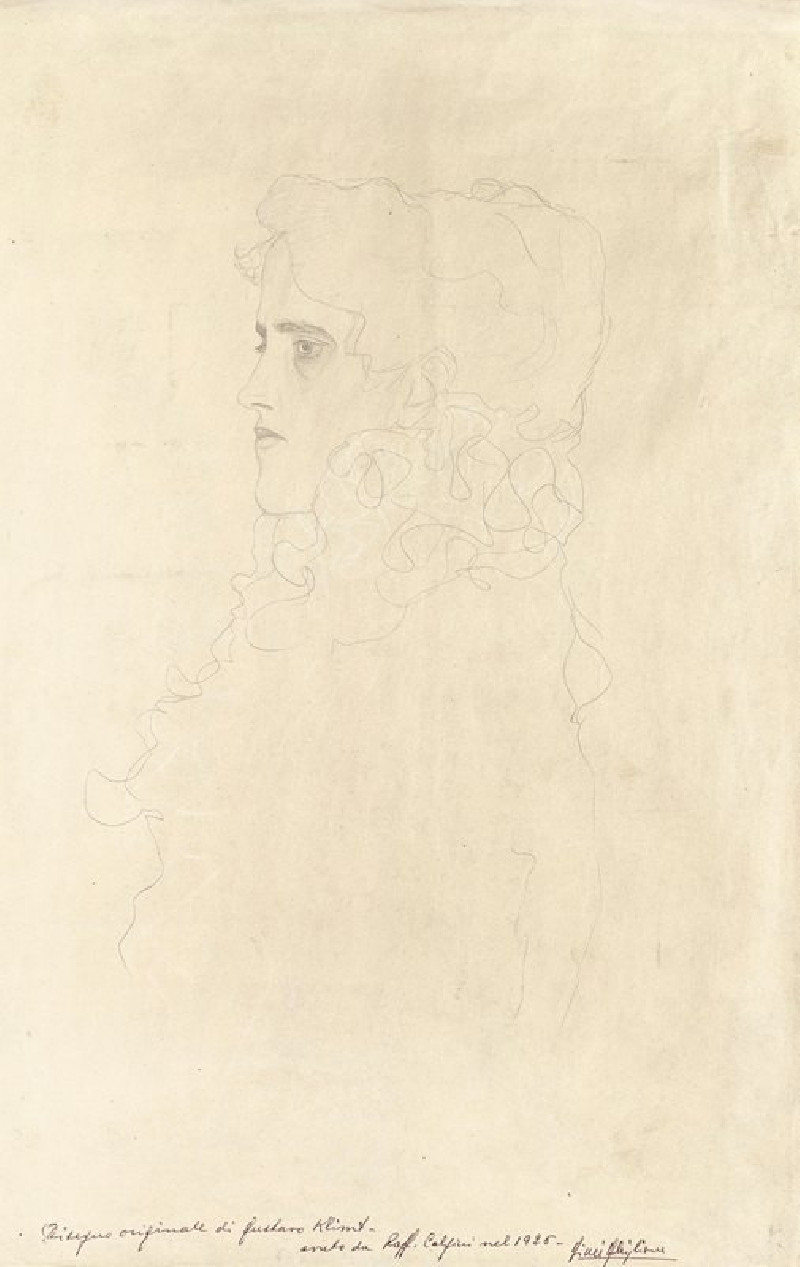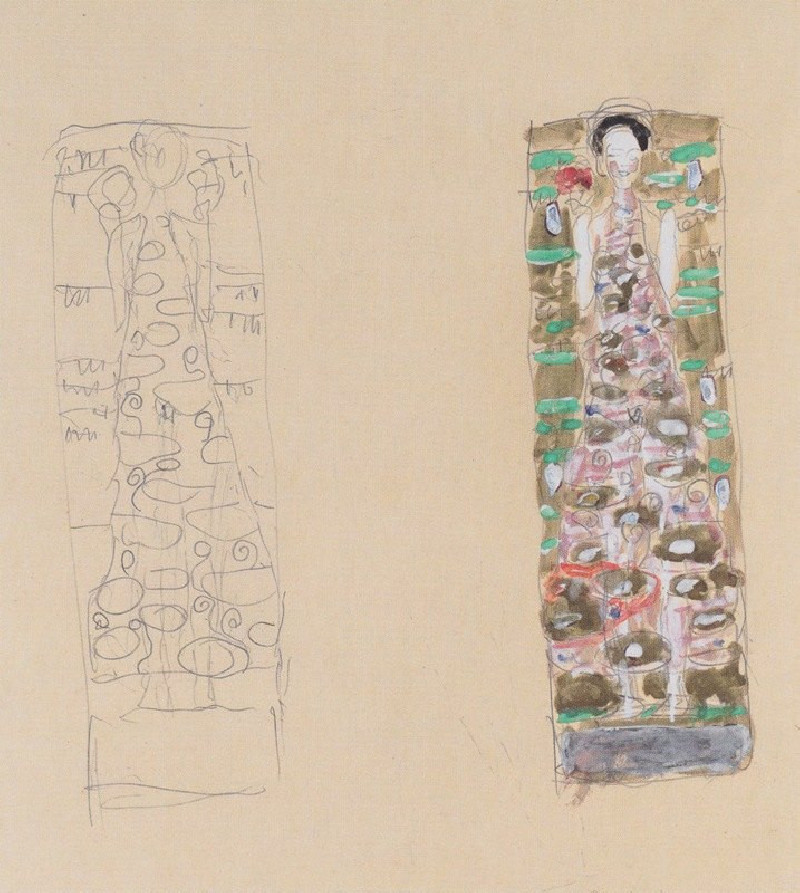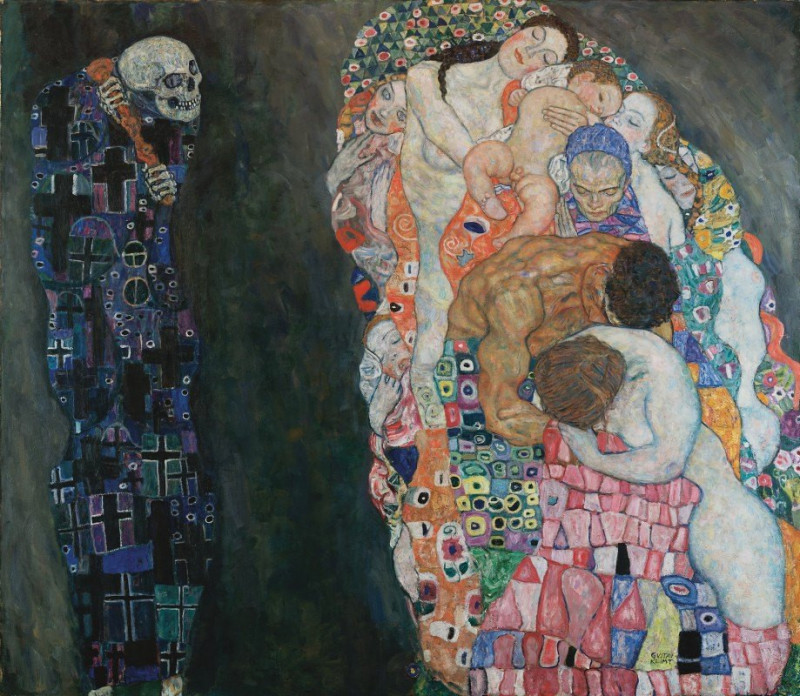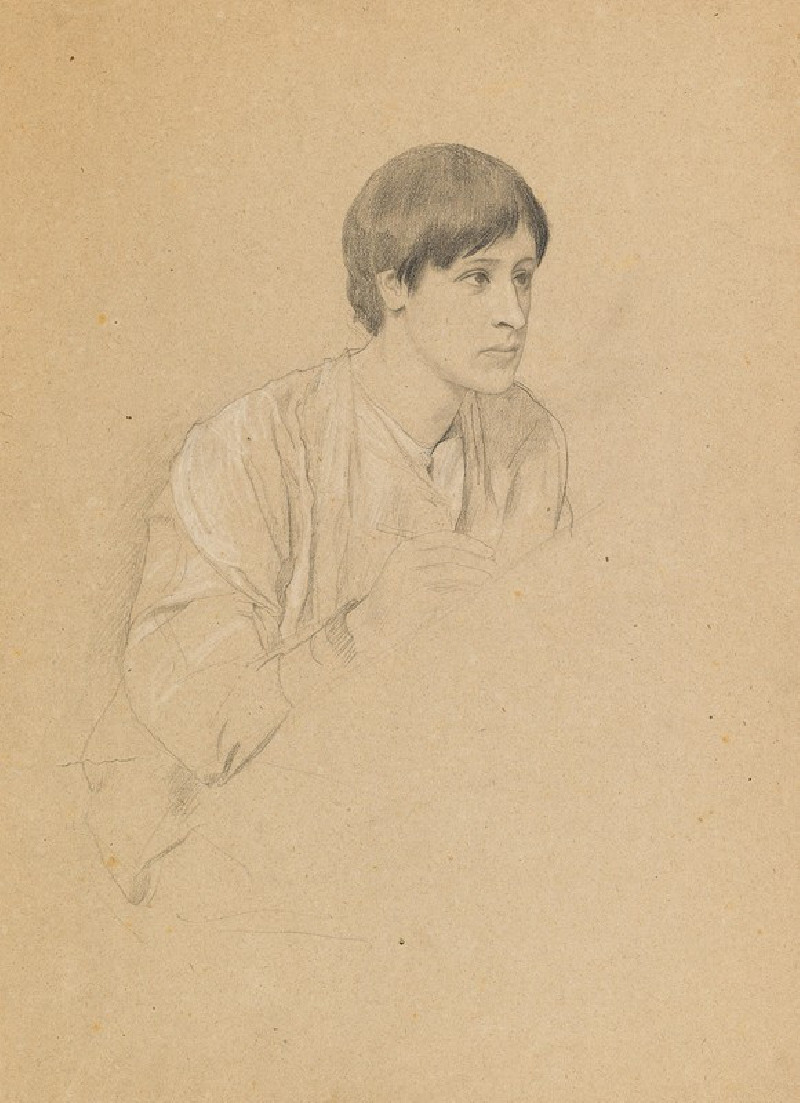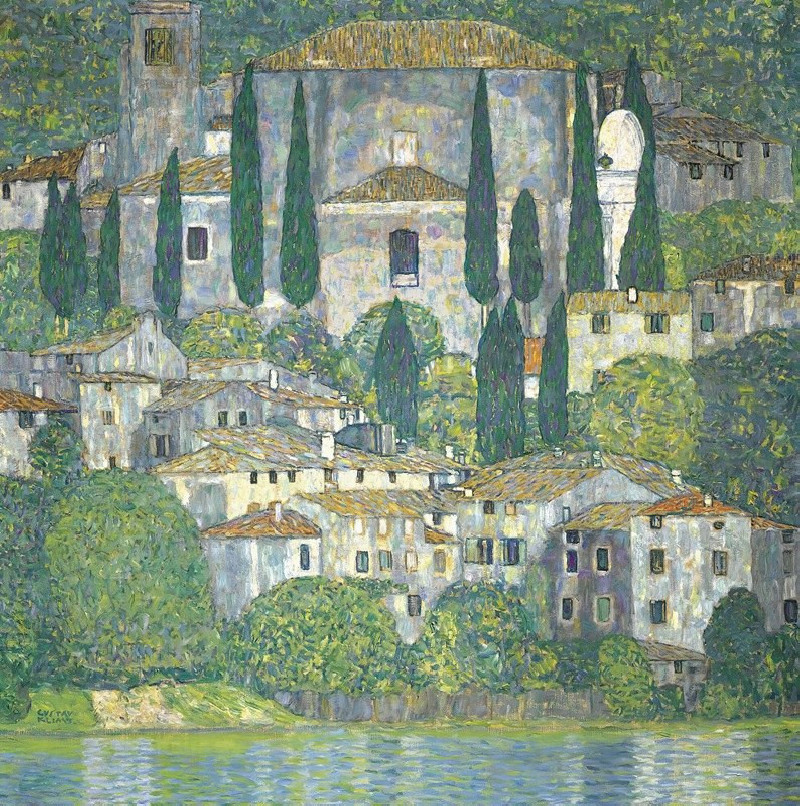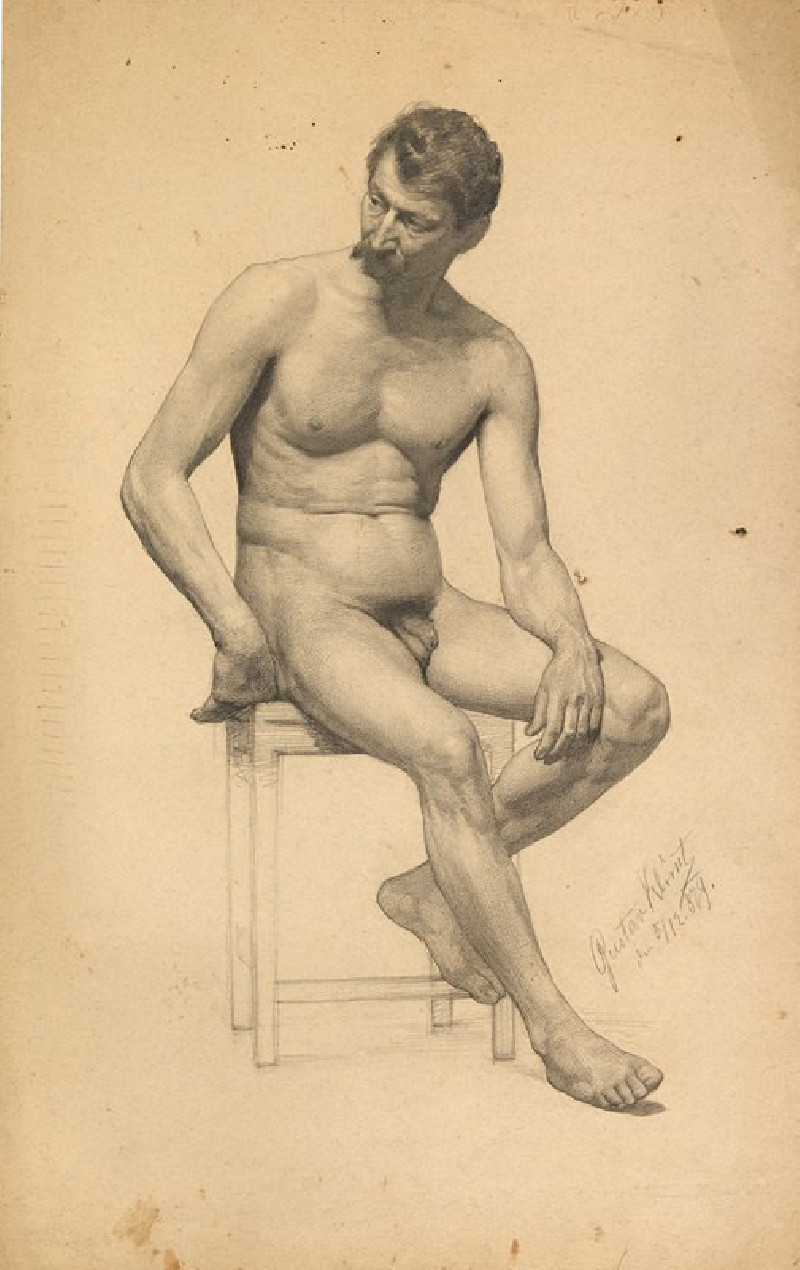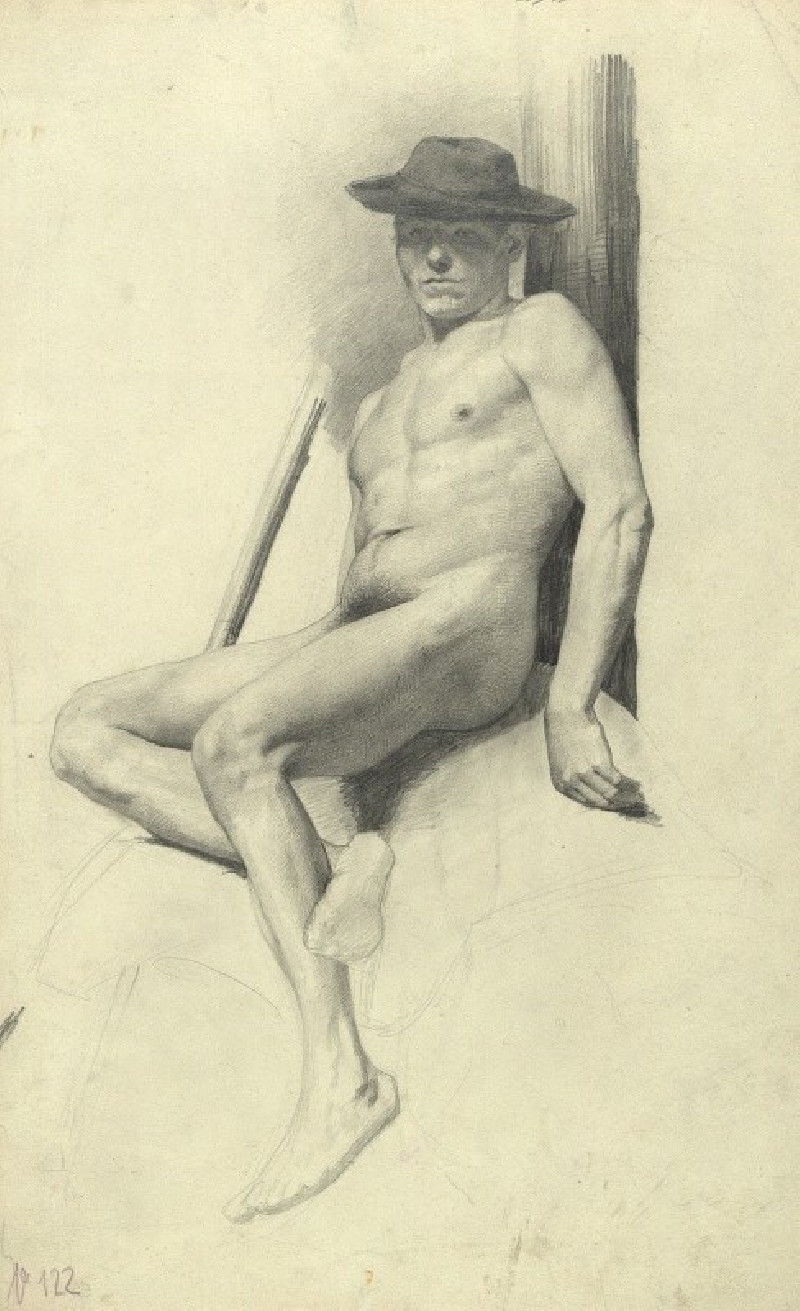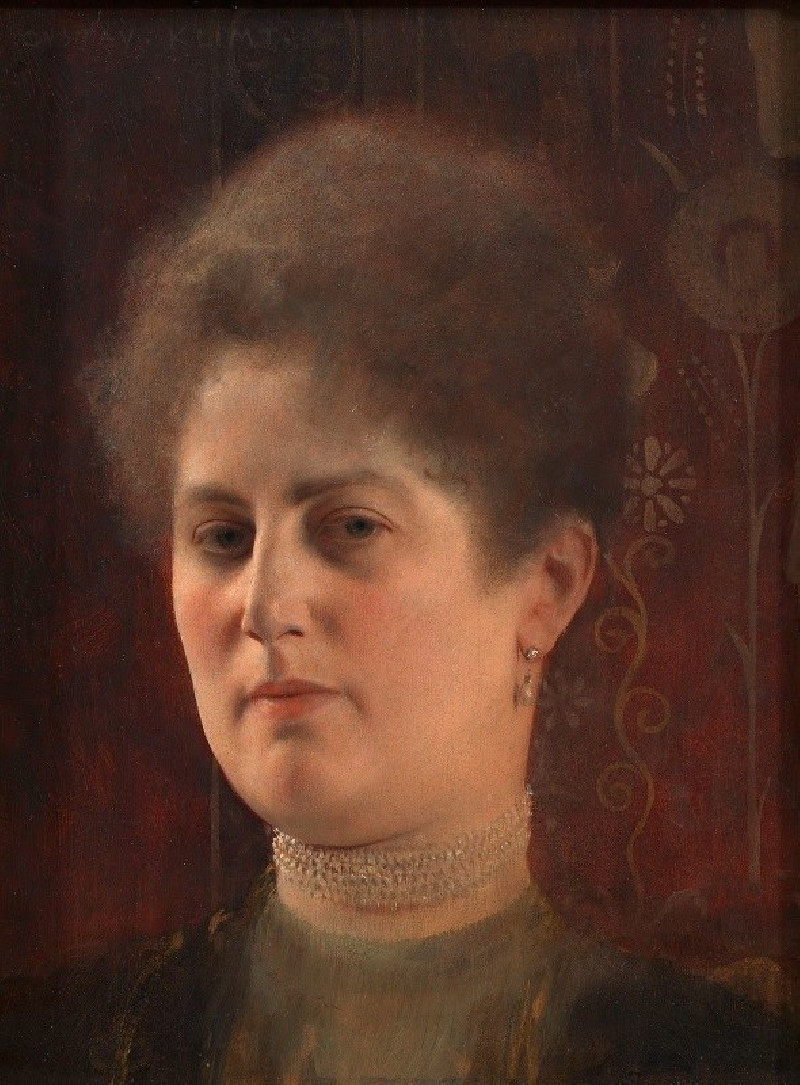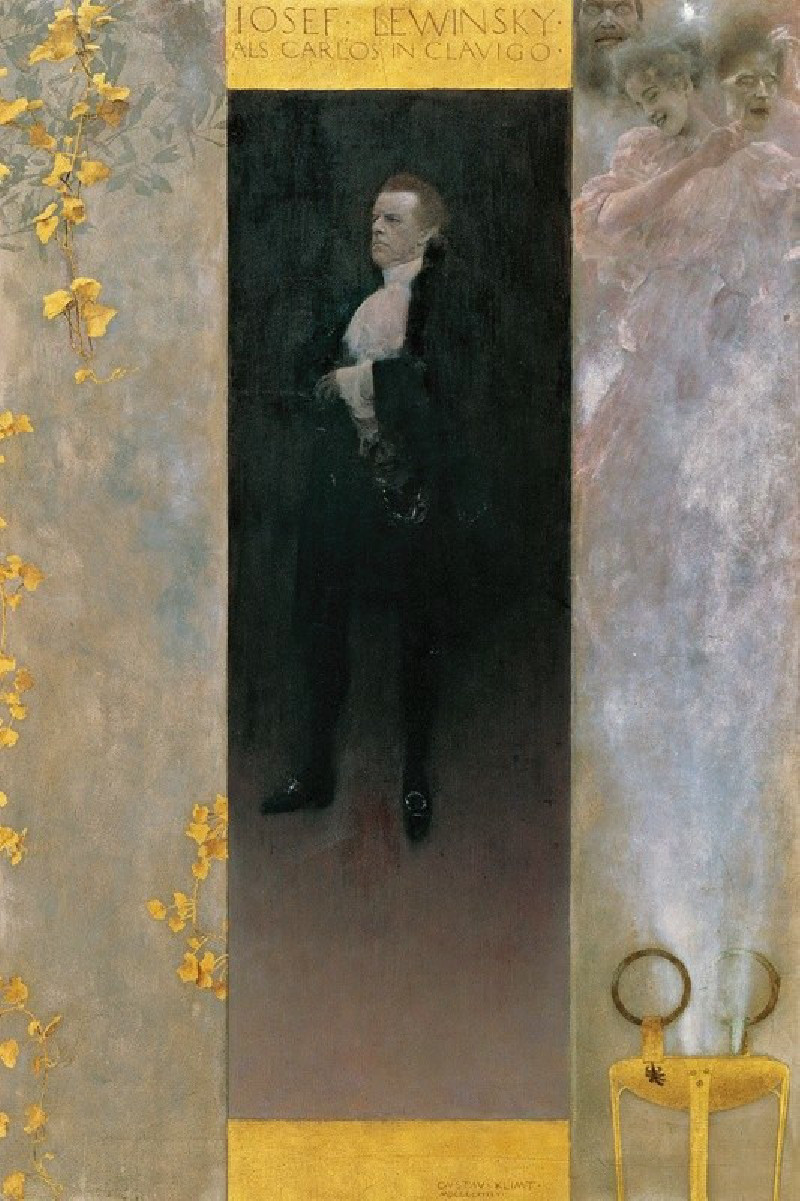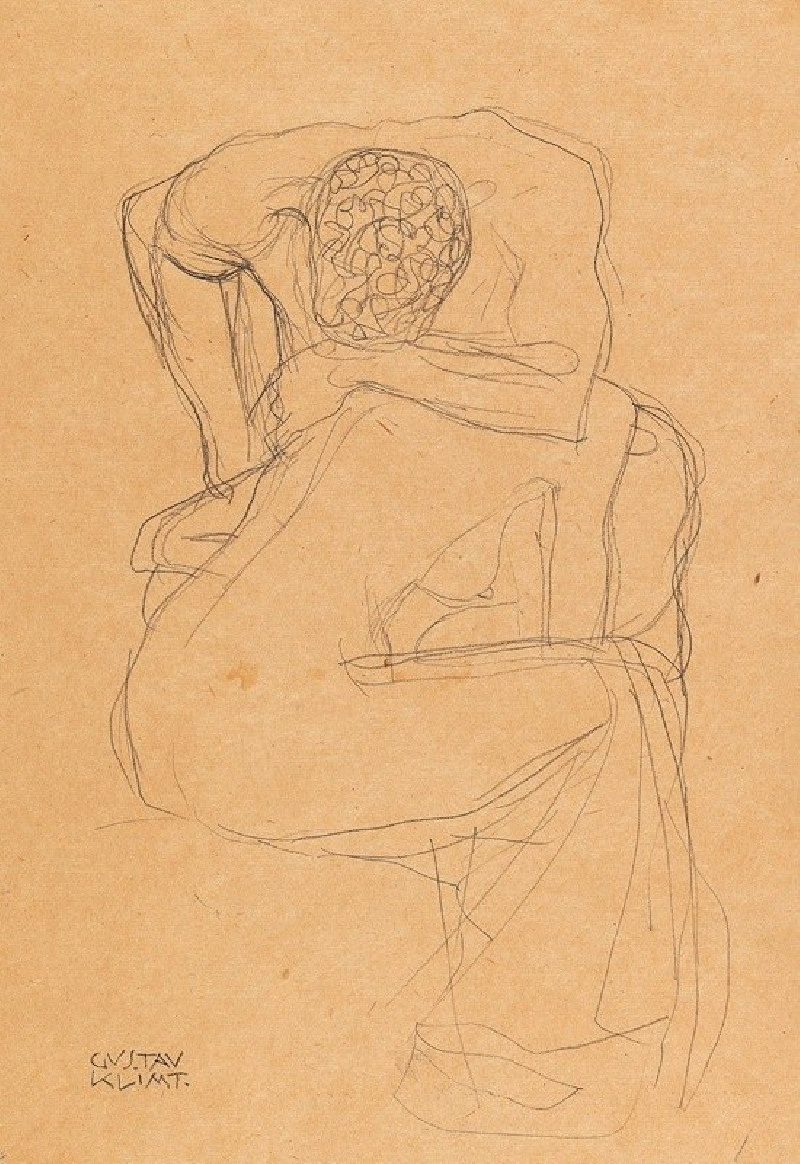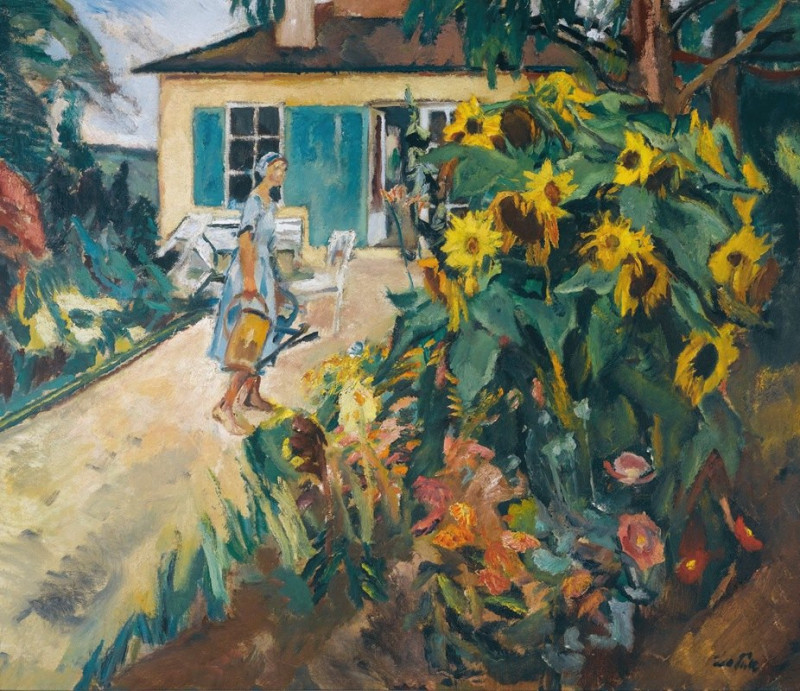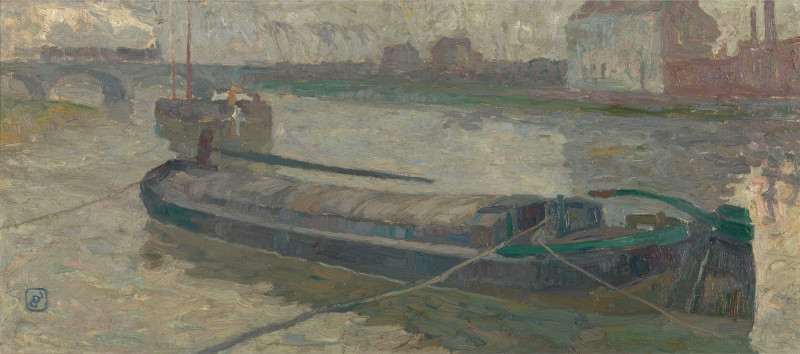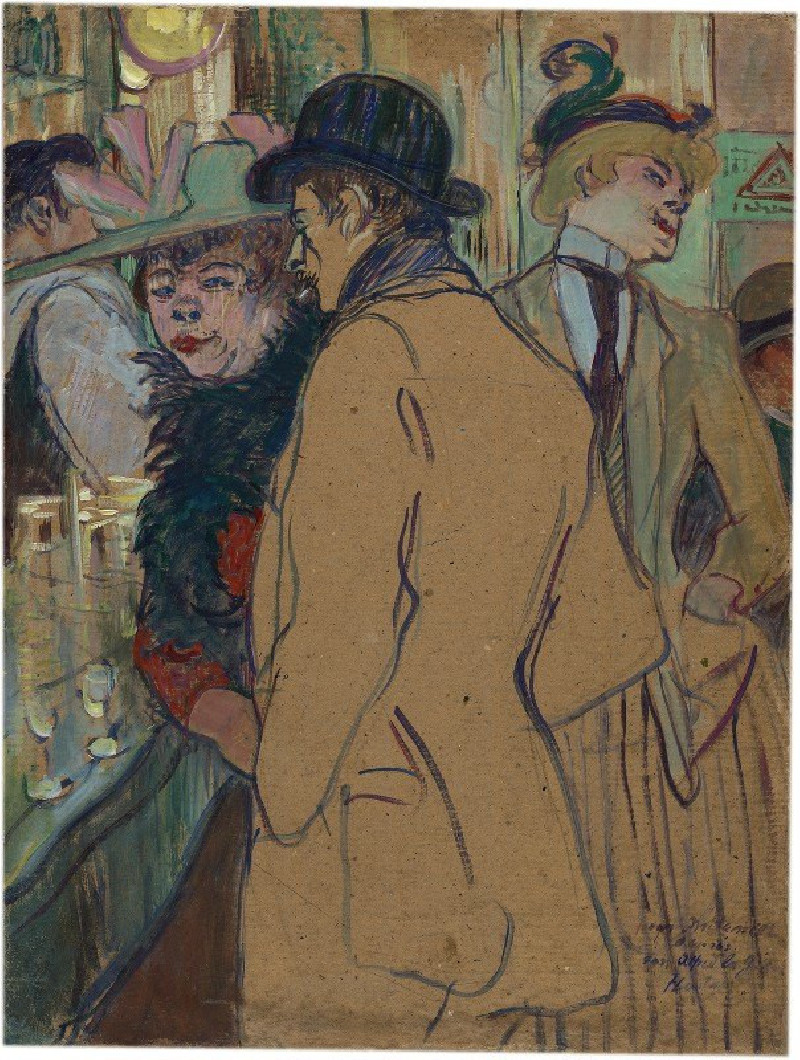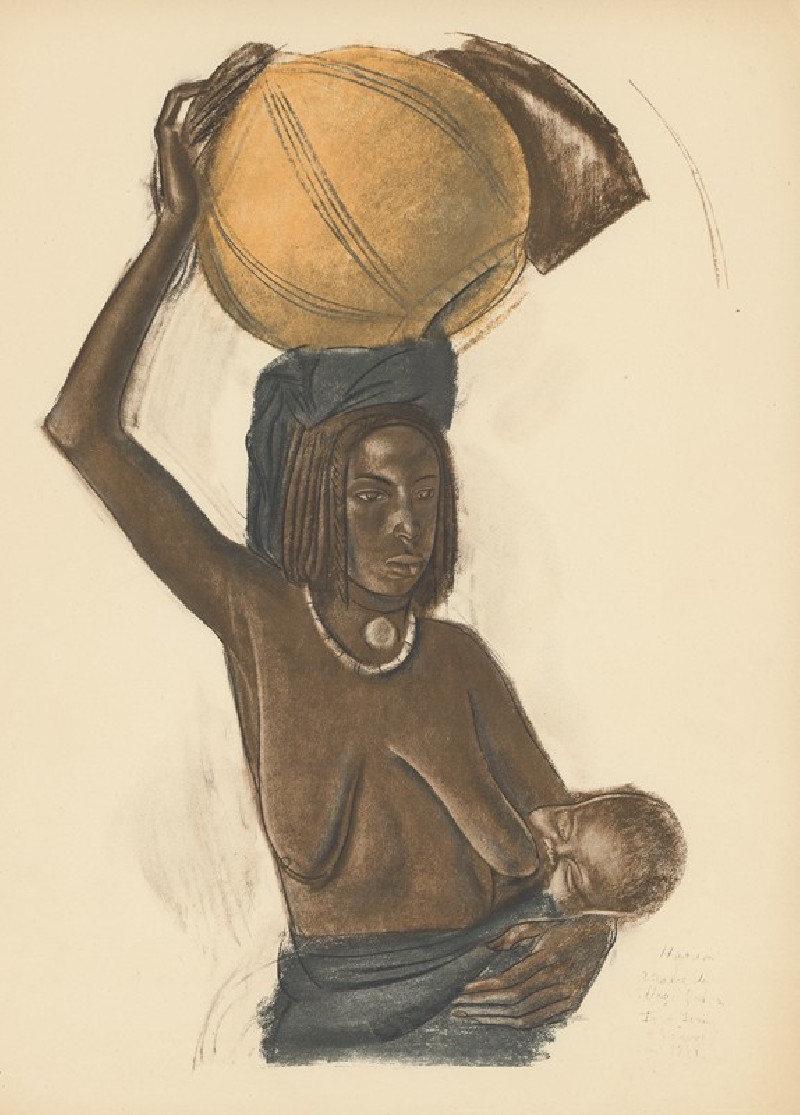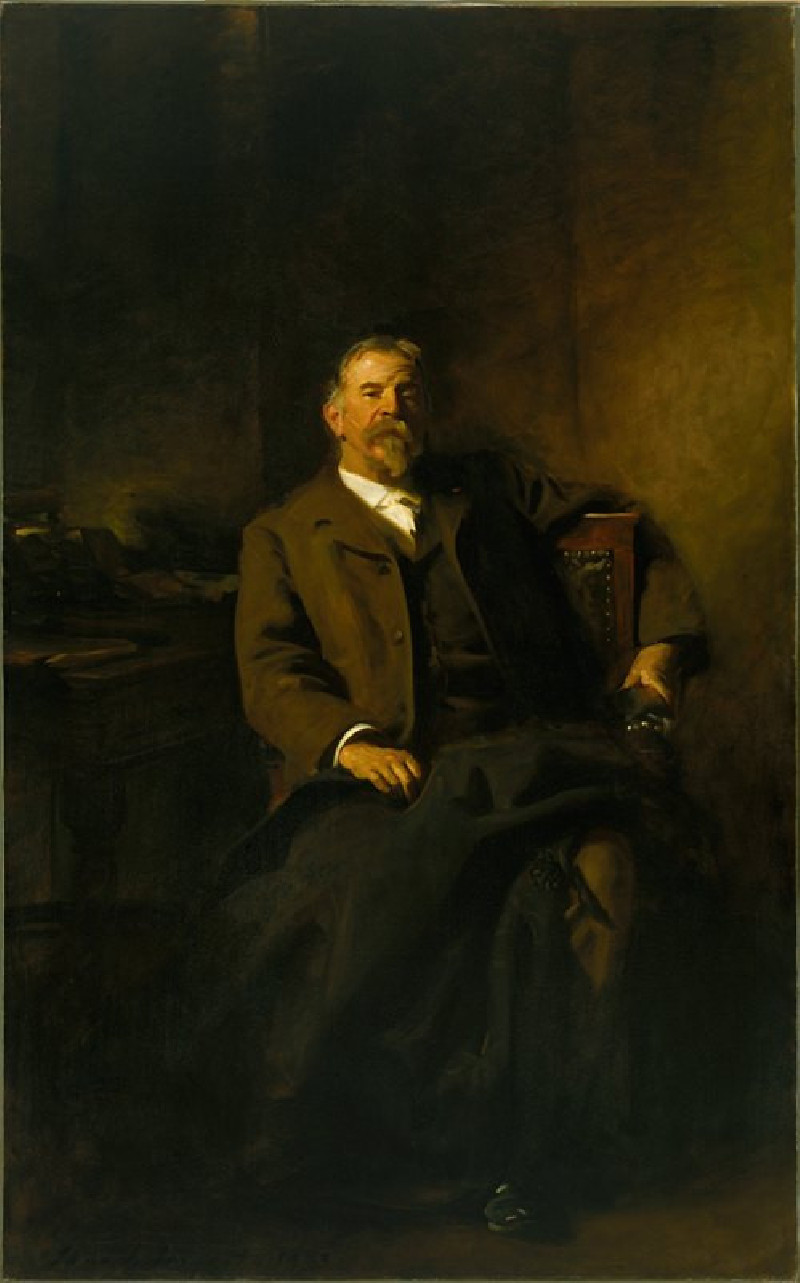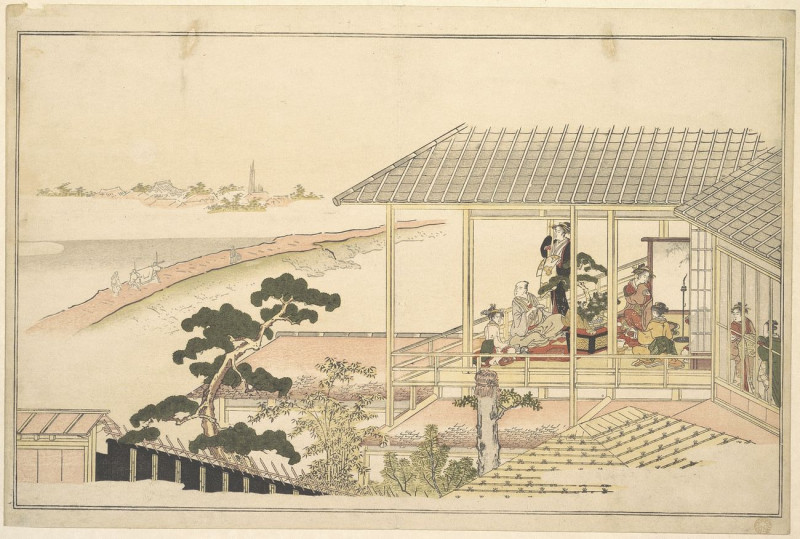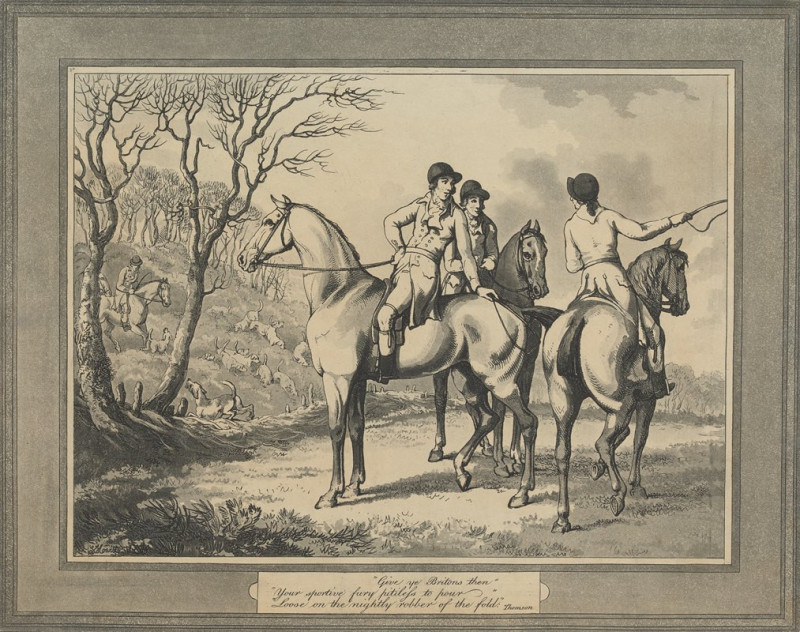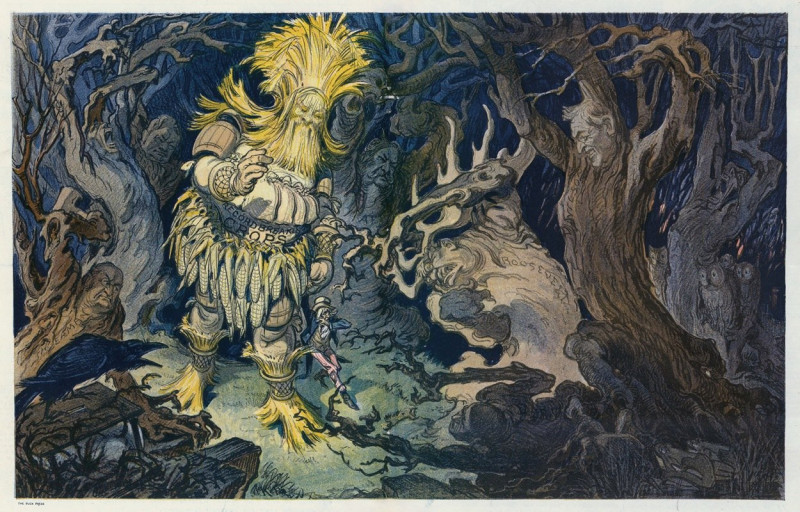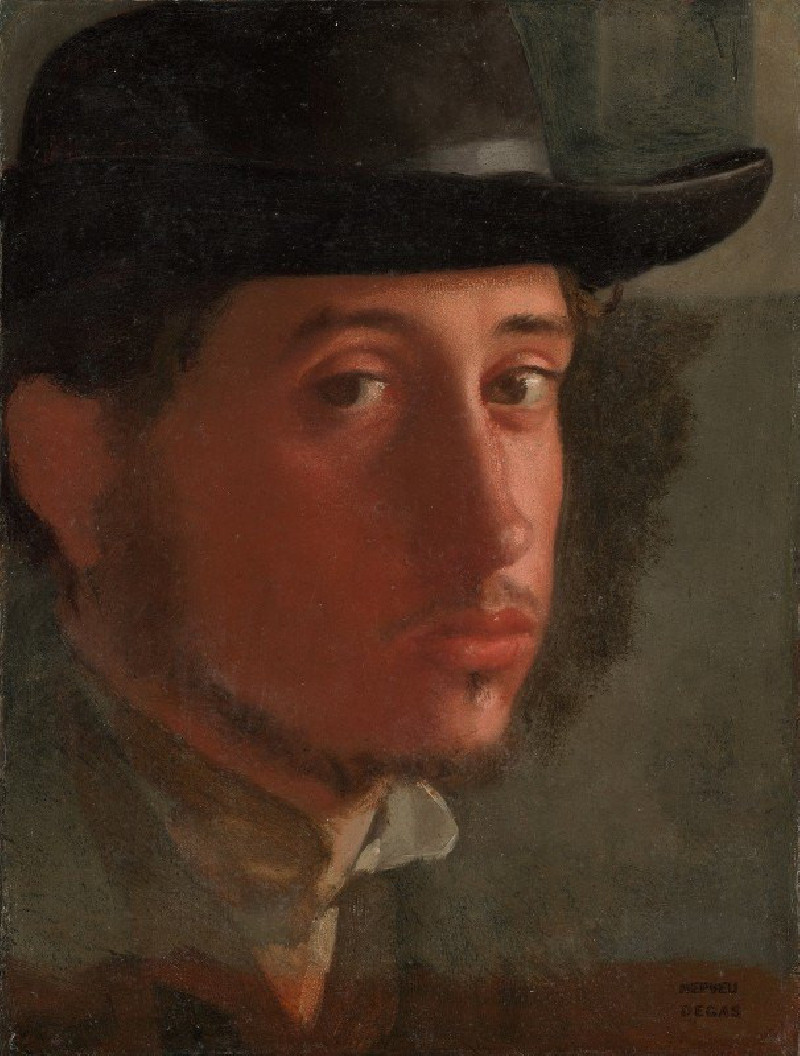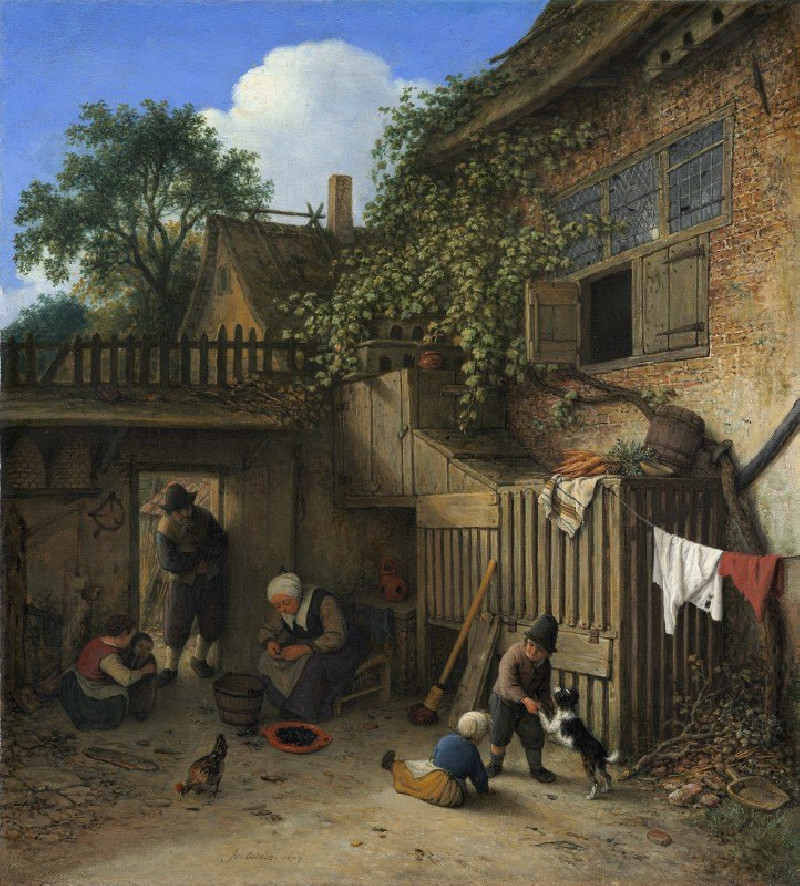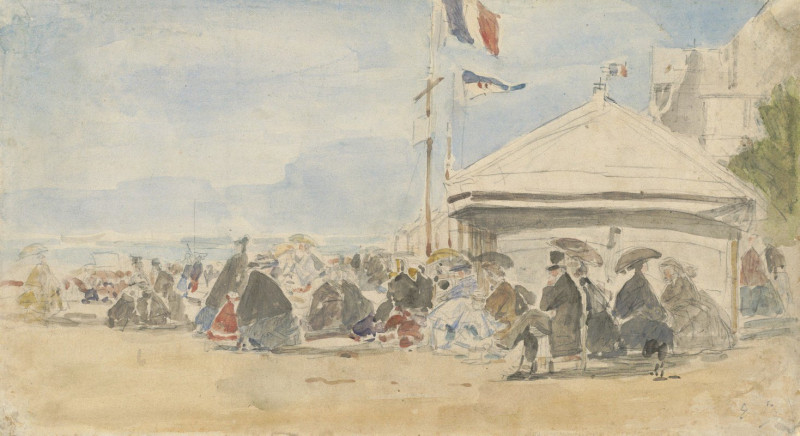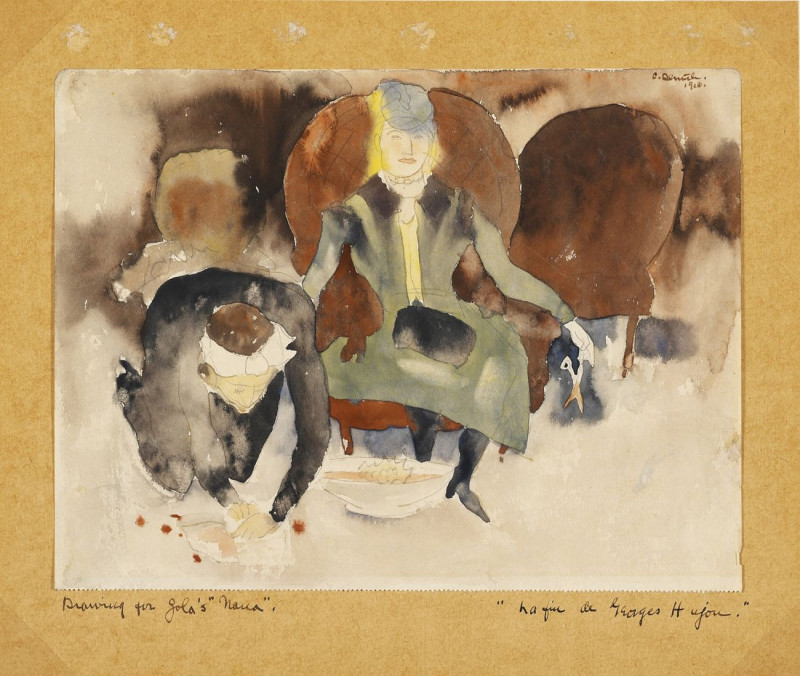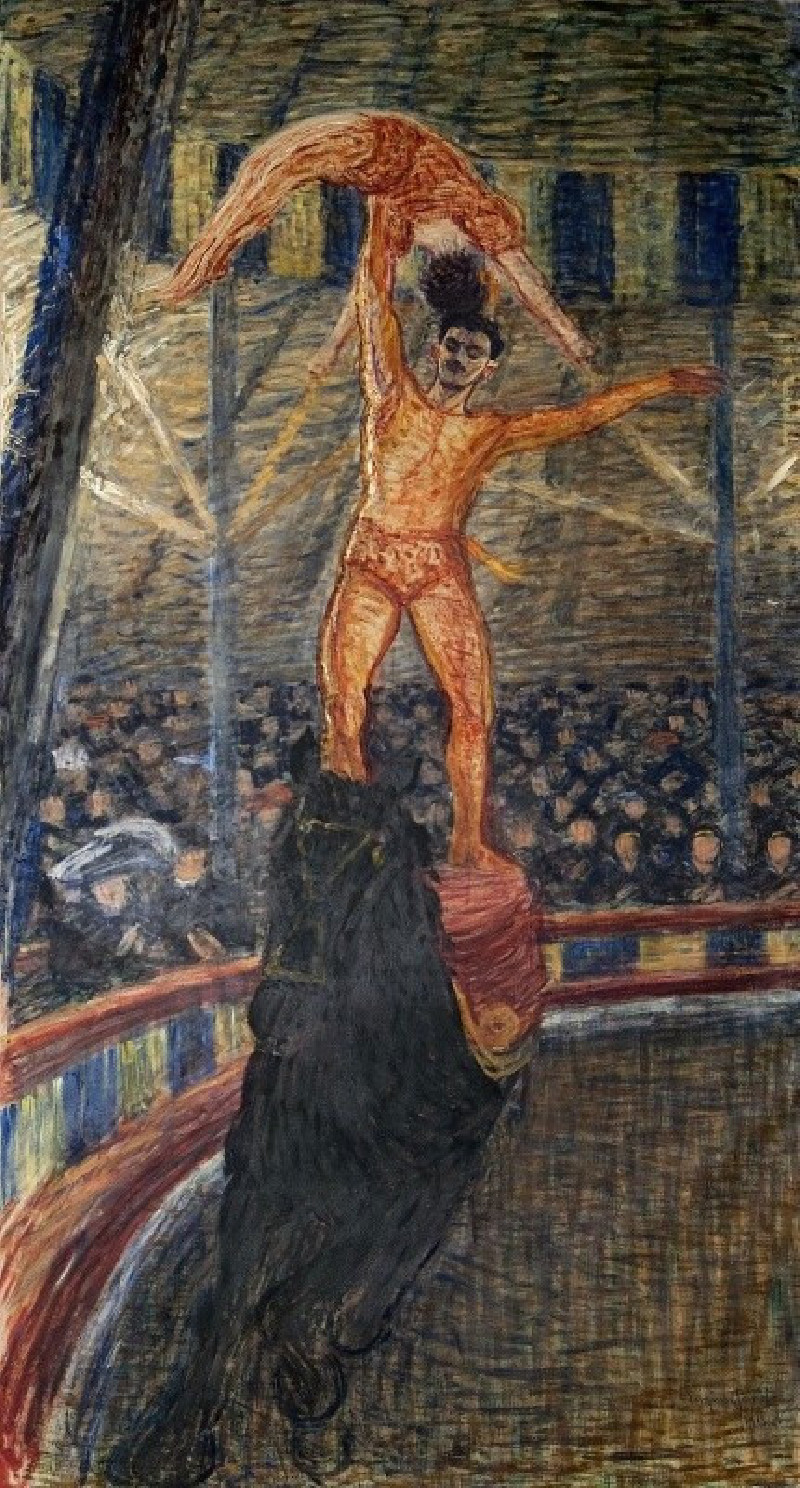Allegory of Sculpture (1889)
Technique: Giclée quality print
Recommended by our customers
More about this artwork
Gustav Klimt, an iconic figure in Viennese art, renowned for his symbol-laden compositions and ornate stylistic approach, created the "Allegory of Sculpture" in 1889. This evocative piece is a testament to Klimt's mastery in rendering mystique and complexity through symbolic representations.The painting features a nuanced ensemble of figures that together encapsulate Klimt's interpretation of sculpture as an art form. At the forefront stands a nude female figure, embodying the ideal beauty and grace often celebrated in classical sculpture. Her poised stance and the delicate placement of her hands evoke a sense of both vulnerability and strength, suggesting sculpture’s dual ability to capture ephemeral beauty in a perpetual medium.Dominating the background is an oversized, classically sculpted head, evoking the traditional aspirations and historical gravity of sculpture. This face, with its serene yet expressionless features, serves as a powerful reminder of the timeless appeal and commanding presence of sculptural art.To the left, a small, intricately detailed figure of a sculptor at work on a statue reminds viewers of the human labor and artistic dedication behind each sculptural piece. This figure seems engrossed in his task, emphasizing the craftsmanship and meticulous skill that sculpture demands.Each element in Klimt’s composition is infused with symbolic meaning, from the protective placement of the female figure’s arm across her chest to the thoughtful inclusion of decorative and historical references in the background elements.
Delivery
Returns
Gustav Klimt (1862–1918) was one of the greatest Austrian symbolist painters of the Art Nouveau era. Renowned as one of the most prominent founding members, and as a president of the Vienna Art Nouveau movement (Vienna Secession). His works were mainly paintings, murals, and sketches. Marked by his numerous erotic drawings, Klimt's primary subject were female figures, and at one point his work was even criticized as pornographic. Klimt found financial success in his "Golden Phase" with decorative techniques and the prominent use of gold leaf in his paintings.


